Reviewer: Jason Sebesto, D.O., M.Sc.(Mayo Clinic Florida)
Description: This quick-reference guide for commonly encountered neurological emergencies uses an outline format to present a stepwise approach to evaluating, stabilizing, and treating critically ill patients.
Purpose: By no means a comprehensive book on neurological emergencies, rather this is a guide to common neurological conditions and symptoms that warrant emergent evaluation and/or intervention for those new to the field.
Audience: It is appropriate for medical students and residents rotating through the neurology ward and ICU, as well as midlevel practitioners. While the authors are not neurohospitalists/neurointensivists, their combined years of experience in teaching students/residents who rotate through the neurology wards lends them the necessary expertise.
Features: The book delivers information in outline format with accompanying figures and tables that make this an ideal pocket reference on the wards (yes, it does actually fit in a white coat pocket). The information is presented in a stepwise fashion, starting with the ABCs of evaluating the unstable patient, followed by focused history/exam and immediate investigations/treatment, expanding to in-depth history/exam. An appendix of neuromuscular anatomy is included for a refresher when localizing a peripheral process is needed, which is ideal for those not immersed in a neuromuscular practice.
Assessment: This is an excellent pocket reference for medical students or residents just starting out on the neurology hospital service. It uses a logical approach to the bedside assessment of a critically ill patient presenting with neurological symptoms or conditions. This book is unique in its focus on neurological emergencies, not all of neurology.
by
Abdul Qayyum Rana, John Anthony MorrenAbdul Qayyum Rana, John Anthony Morren
Neurological Emergencies in Clinical Practice discusses neurological emergencies in a stepwise fashion including stabilizing the patient, identifying the cause, and treating the underlying cause. It is useful in several settings including the emergency room, hospital in-patient service as well as the intensive care unit. Neurological Emergencies in Clinical Practice has a wide appeal and relevance to disciplines including neurology, emergency medicine, critical care medicine, internal medicine and family medicine. Medical students and residents may use this convenient, pocket- sized book to prepare for and succeed in their training examinations and it is also useful for other house staff and practicing physicians.
Editorial Reviews
$(document).on(‘googleAdsenseAdsLoaded’, function(){
var csaBodyClass = ‘pdpPage’ || document.getElementsByTagName(“BODY”)[0].className,
csaBreadcrumb = csaAdQuery = ”,
csaProductName = ‘Neurological Emergencies in Clinical Practice’ || ‘Neurological Emergencies in Clinical Practice’,
clientId = ‘partner-barnesandnoble_js’,
adWidth = ‘189px’;
if(csaBodyClass == ‘landingPage’) {
// If breadcrumb not in digitalData, then get from url
if(typeof s_setP != ‘undefined’) {
// Get breadcrumb from pageName property since it is the
// string format of breadcrumb, which is in an array
csaBreadcrumb = digitalData.page.pageInfo.pageName.replace(‘b’,”).trim();
} else {
var csaUrl = window.location.href,
slashBIndex = csaUrl.indexOf(‘/b/’)
underscoreIndex = csaUrl.indexOf(‘/_’);
csaBreadcrumb = csaUrl.slice(slashBIndex, underscoreIndex).replace(‘/b/’,”).trim();
}
}
// Double check the bodyClass from header-javascript variable
if(csaBodyClass.indexOf(‘searchResultsPage’) >= 0 || csaBodyClass == ‘landingPage searchResultsPage’) {
csaBodyClass = ‘searchResultsPage’;
}
switch (csaBodyClass) {
case ‘landingPage’:
var csaAdQuery = csaBreadcrumb;
break;
case ‘searchResultsPage’:
var csaAdQuery = ”;
break;
case ‘pdpPage’:
var csaAdQuery = csaProductName,
clientId = ‘partner-barnesandnoble-pdp’,
adWidth = ‘300px’;
break;
default:
break;
}
// Call google ads
if(csaAdQuery) {
var csaPageOptions = {
‘pubId’: clientId,
‘query’: csaAdQuery,
‘hl’: ‘en’,
‘adPage’: 1
};
var adblock1 = {
‘container’: ‘adcontainer1’,
‘width’: adWidth
};
_googCsa(‘ads’, csaPageOptions, adblock1);
setTimeout(function(){
if($(‘#adcontainer1 iframe’).length > 0) {
$(‘#adcontainer1 iframe’).attr(‘title’, ‘Advertising’);
}
}, 5000);
}
})
Product Details
- ISBN-13:
- 9781447151906
- Publisher:
- Springer London
- Publication date:
- 07/31/2013
- Edition description:
- 2013
- Pages:
- 203
- Product dimensions:
- 5.00(w) x 7.99(h) x 0.02(d)
Meet the Author
1. An Aid to Neuro-ophthalmology
2. A Synopsis of Neurological Emergencies
3. An Introduction to Essential Tremor
4. 99 Faces of Parkinson’s disease
5.Frequently Asked Questions about Parkinson’s disease.
Dr. John Anthony Morren obtained his medical degree in his native Trinidad and Tobago at the University of the West Indies, St. Augustine. He completed his neurology residency at Cleveland Clinic Florida in Weston, Florida then fellowship training in Neuromuscular Medicine at Cleveland Clinic in Cleveland, Ohio. Board-certified by the American Board of Psychiatry and Neurology, he is currently a Clinical Associate Staff neurologist at the Neuromuscular Center of the Neurological Institute, Cleveland Clinic in Cleveland, Ohio. Dr Morren has also been active in many advocacy, research and academic pursuits, publishing in the peer reviewed literature on a wide scope of topics in neurology including stroke/vascular neurology, headache, neuromuscular diseases, movement disorders and neurocritical care. He has authored book chapter contributions in the fields of dementia and neuromuscular disorders.
Product Details
| ISBN-13: | 9781447151906 | |
| Publisher: | Springer London | |
| Publication date: | 07/31/2013 | |
| Edition description: | 2013 | |
| Pages: | 203 | |
| Product dimensions: | 5.00(w) x 7.99(h) x 0.02(d) |

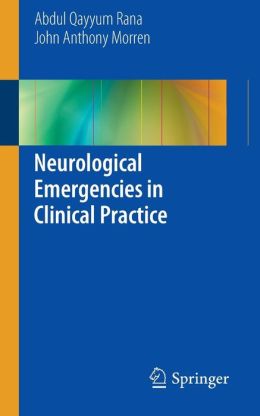
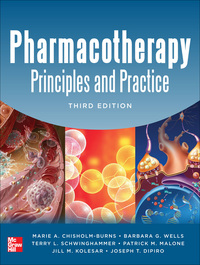



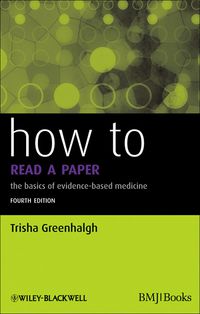
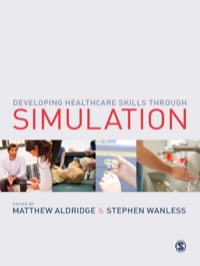
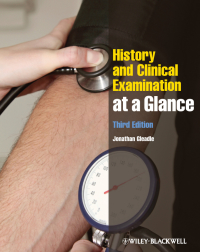
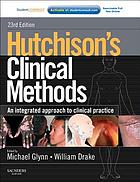
Reviews
There are no reviews yet.